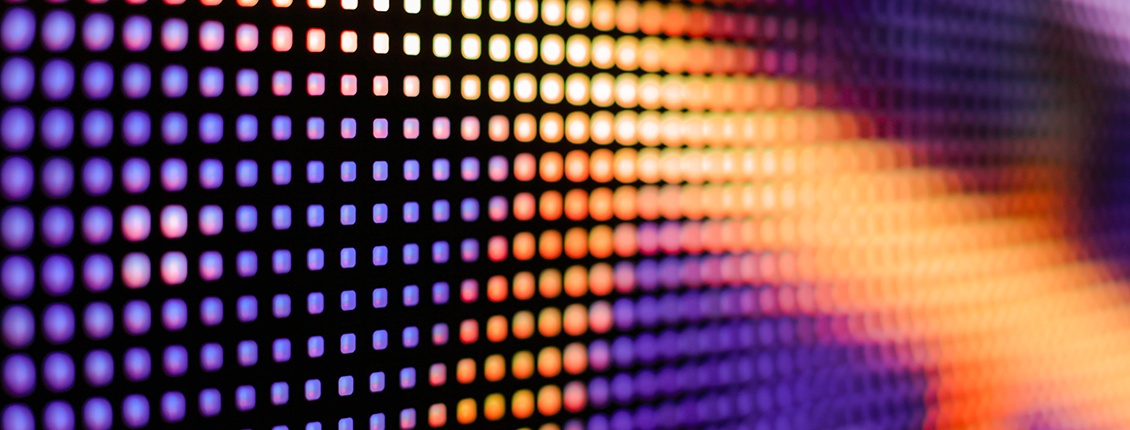
Updated June 26, 2019: LEDs, or light-emitting diodes, are not the only lighting solution to rule the lighting market. Incandescent lamps, compact fluorescent lamps (CFLs) also have a respectable place in the competition—but which bulb outshines the others?
Let There Be Light: Which Bulb Is Best?
A lot of confusion still exists surrounding the differences between LEDs, CFLs, and incandescent bulbs. These include energy efficiency, cost-effectiveness, and longevity.
The Incandescent Lamp: Edison’s Brainchild
Thomas Edison is credited for inventing the first commercially sustainable light bulb, also known as the incandescent lamp.
Incandescent bulbs enjoyed many years of success, but they had a downside: they had short lifespans and used too much energy. In 2012, US regulations demanded that incandescent lamps needed to use 30% less energy to meet minimum efficiency standards—making incandescent bulbs above 40 watts nearly obsolete, according to General Electric.
CFL Breakthroughs
In the early 1900s, Peter Cooper Hewitt invented the original fluorescent lamp, which was more energy-efficient than incandescent bulbs. However, it wasn’t until 1973 that engineers began to develop a bulb that could be used in residential applications. In 1976, Edward Hammer at GE figured out how to bend the fluorescent tube into a spiral shape, creating the first CFL.
Though the fluorescent has had an amazing impact on the electrical industry, it may soon see its demise. According to the New York Times, GE has parted ways with CFL, with the production of the once-popular lighting option ceasing at the end of 2016.
LEDs: The Future Is Now
The development of LEDs goes back to 1962, when Nick Holonyak, Jr., of GE invented the first visible-spectrum LED. In the beginning stages of their production, LEDs were no more efficient than incandescents. Lighting companies continued to make improvements to both the quality of light and the energy efficiency of LEDs while cutting their costs, leading to the innovative bulbs on the market today.
According to the Department of Energy, the cost of LED bulbs has fallen more than 85% since 2008. Today, LEDs are 6 to 7 times more energy-efficient than conventional incandescent lights, cut energy use by more than 80% and can last more than 25 times longer.
These remarkable statistics have led to an increase in both commercial and residential installation of LEDs. In 2012, more than 49 million LEDs were installed in the US—saving about $675 million in annual energy costs.
Switching entirely to LED lights over the next two decades could save the US $250 billion in energy costs, reduce electricity consumption for lighting by nearly 50% and avoid 1,800 million metric tons of carbon emissions.
Though LEDs are generally more expensive than incandescents or CFLs, the long-term savings to the customer are astounding.
According to a USA Today article, with a 22-year lifespan, a single LED bulb can light a child’s bedroom desk lamp from birth through college graduation. At $8 or less per LED bulb at an average price of 12 cents per kilowatt-hour, the average LED user saves approximately $163 over 23 years of operation. Looking to the future, it’s estimated that by 2030, LEDs will account for 75 percent of all lighting sales.
LED Frequently Asked Questions
How long do LED lights last?
LEDs are known to last a long time and be an energy-efficient source for short distances and small areas. Many LEDs have a life up to 50,000 hours, which is 50 times longer than a typical incandescent. If you use an LED light for 8 hours a day, it will last 17 years!
How do LEDs work?
The Edison Tech Center gives a detailed explanation of how LEDs work: “LEDs create light by electroluminescence in a semiconductor material.” To put it simply, LEDs are like little bulbs that fit easily into an electrical circuit.
Do LED bulbs burn out?
LED bulbs can burn out, but not in the way we think. According to Green Energy Efficient Homes, LED house lights “can dip down to less than 80% of their original brightness within 20,000 hours.”
Can LED bulbs be used outdoors?
Of course! Outdoor light bulbs are much more resilient than indoor bulbs if they’re not in direct contact with water. It’s important to pick from different LED bulbs specifically for outdoor use to ensure they can withstand nature’s toughest elements: rain, snow, heat, and cold temperatures.
Can LEDs be dimmed?
Many LED light bulbs made today are now dimmable. “The number one rule for successfully dimming LED lighting might sound obvious but it is a common misconception that any LED lights can be dimmed with an LED dimmer,” says Anthony Doyle, writer for Lux Review. “In reality, the driver circuitry must be designed with dimming in mind. Therefore, it is essential to choose lamps that the manufacturer describes as ‘dimmable’.”
The Winner? LEDs.
From the information presented above, it is clear that LEDs are the most energy-efficient and cost-saving option for light bulbs on the market.
The savings from switching out old incandescent bulbs and CFLs can keep some extra cash in your customers’ pockets—while lining yours at the same time.
To find out more, go to www.petra.com
